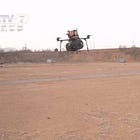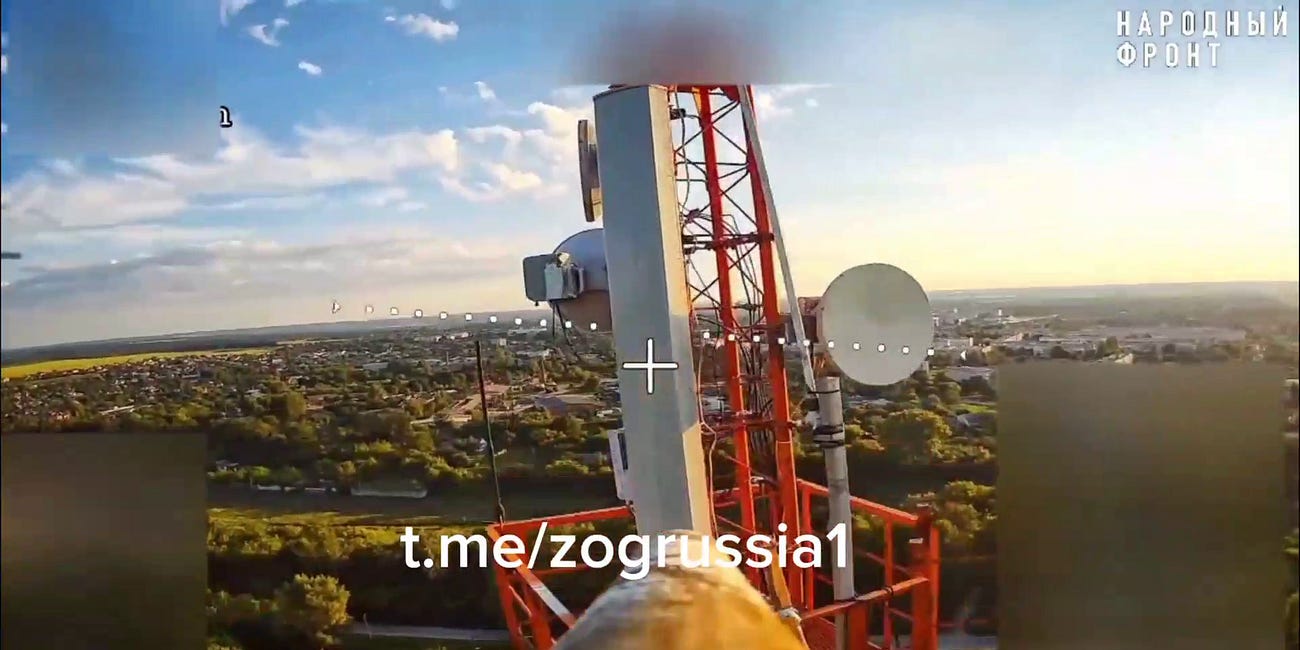New Strike Munitions Allow China To Surgically Target Communications Infrastructure On Taiwan
🇨🇳 🇹🇼 Extensions
This extensions-themed post is an extension of material that has appeared in another newsletter/section and other parts of my website more generally. While my newsletters/sections are primarily categorized by region, these can only appear in one newsletter/section given how the Substack platform is configured, even as these may be highly relevant to readers who are primarily interested in other parts of the world.
In several recent posts, I have discussed how technological change increasingly affords both China and Taiwan new opportunities to attack targets across the Taiwan Strait, which is some 130-180 kilometers wide at its narrowest points. Such opportunities include the use of armed “first-person video” (“FPV”) multirotor drones, among other types of strike munitions and uncrewed aircraft-turned-strike munitions, to attack terrestrial targets across the Taiwan Strait. As I’ve explained in many recent posts, armed “FPV” multirotor drones and similar are best characterized as miniaturized strike munitions that can be used to undertake highly surgical strikes against an incredibly diverse array of targets that were previously beyond the practical reach of militaries for want of a sufficiently large arsenal of suitable high-accuracy munitions.
As I’ve explained in a recent post,
One of the most fascinating and, I think, most consequential applications of armed “FPV” multirotor drones is likely to be the very surgical micro-level targeting of various antennas, including those installed on the likes of cell phone towers and other quite tall mast-type structures. Such structures, which are mostly hollow and are designed to withstand sustained powerful wind gusts, can be quite resilient to damage absent a very high level of accuracy and precision. With armed “FPV” multirotor drones and similar, the individual antennas mounted on such structures can be readily attacked if situated within 30-50 kilometers of the frontlines. The following videos document several such attacks undertaken by the Russian military against antenna masts in Ukraine.
I cannot overemphasize that such attacks are not the figment of imagination; such attacks are already well within the realm of possibility. Documentary evidence in the form of videos can be seen in the following recent post:
Russia And Ukraine Use FPV Multirotor Drones To Attack Telecoms Towers, Other Antennas, With Increasing Regularity
Minimal comment-themed posts are use to introduce data points for use in other posts going forward. Posts of this theme will typically feature mimimal analysis and commentary.
The People’s Liberation Army (PLA) is likely to prioritize the destruction of antenna masts across Taiwan given how these inherently dual-use communications systems can be used by the Taiwanese military in wartime. The Taiwanese military may, for example, resort to using mobile phones if its own radios are successfully jammed/disabled by the PLA while Taiwan’s ordinarily civilian cellular phone network remains intact. More generally, the Taiwanese military is likely to make use of extant antenna masts, high-rise buildings, as well as hills and mountains, to erect—and reconstitute—a series of line-of-sight microwave relays in wartime. Such undertakings are, of course, also key to Taiwan’s wartime approach to civil defence, which I discussed in a recent post:
Taiwanese decision-makers are, of course, aware of this dynamic and have been working to bolster the resilience of the island country’s telecommunications infrastructure. While China will likely be unable to fully cut Taiwan off from the (worldwide) internet—it may, however, target the landing stations of the submarine internet cables that connect Taiwan to the (worldwide) internet—let alone Taiwan’s internal terrestial “intranet” network, at least short of a protracted conflict scenario in which most Taiwanese lose access to electricity, China is increasingly well positioned to target radio transmission facilities across Taiwan. By radio transmission facilities, I do not only refer to AM and FM radio but also cellular communication towers and microwave relay antennas, the latter of which are extremely important in the mountainous areas of Taiwan.





